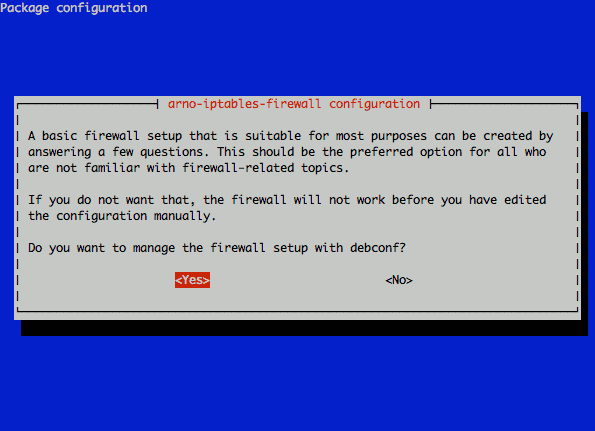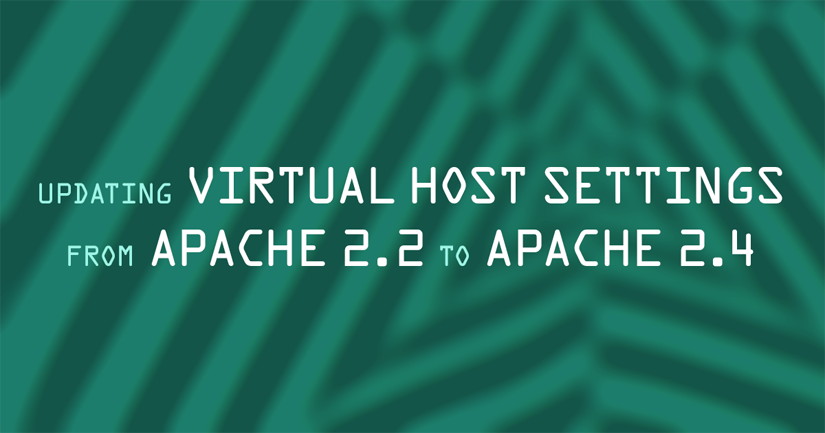
Configure a Firewall with Arno Iptables in Debian 5 (Lenny) Deprecated This guide has been deprecated and is no longer being maintained. Firewall software is designed to limit access to... Read more

Use Public Key Authentication with SSH Password authentication is the default method most SSH clients use to authenticate with remote servers, but Public Key authentication has the benefit of convenience... Read more

Updating Virtual Host Settings from Apache 2.2 to Apache 2.4 This guide explains the configuration changes needed to update a standard virtual host setup, such as the one presented here,... Read more
